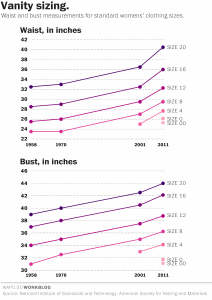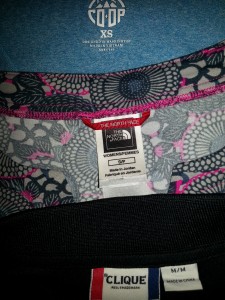Here we are in the month of April. To honor all my long-time CPA friends that knock out tax season every year, the focus will be on numbers. Specifically, what numbers should you use as a guide to assess your weight health?
We always hear stories about people that used to be a size “Y” and now they fit into a size “B.” This definitely tells us the person has lost weight and he/she can be proud of this accomplishment! Does the fact that the person now fits into a “B” shirt, pants, or dress tell us he/she is healthy? While this person is definitely healthier because of the weight loss and deserves recognition for achieving the weight loss, clothing size should not be the ultimate goal.
A few weeks back I was meeting with a coaching client and we were discussing weight. I asked what her weight goal was because an assessment she completed indicated she could lose some weight. She said as long as she fit into a size “H” clothing, she would be happy with that. I told her that I don’t believe we can use clothing size as a measure of your weight goal.
She asked me why I felt that way. Well, take my shirts (pictured) as an example. One shirt is an XS, one a S, and the third is a M. I fit into all three of these shirts. The same holds true when I look at my pants. I have one pair of pants that is a larger size than another and the larger size fits tighter. By the way, those two pairs of pants are the same manufacturer.
So, clothing size may differ with the same manufacturer based on the design of the clothes. Clothing size definitely differs from manufacturer to manufacturer. One reason for this, according to this Washington Post article, is because standard clothing sizes were tossed out in 1983. (If there were standards, I would wear the same size shirt regardless of style or manufacturer.) This left it up to the manufacturers to define their clothing sizes. This image is from an April 2011 New York Times showing how much the bust, waist, and hip varies for a Size 8 among various manufacturers.
On top of there being no standards, several years ago, manufacturers went with the “vanity sizing” philosophy. This is the belief that we will buy more clothes when we fit into a smaller size. This video on Canada’s Huffington Post website talks about vanity sizing. As this article states, what was a size 16 dress in 1958 is now a size 8.
Do we buy more clothes when the size we buy is smaller? Great question! I do my best to focus on how an article of clothing fits me when I try it on and not get hung up on the size I am trying on.
This image is from the Washington Post article.


